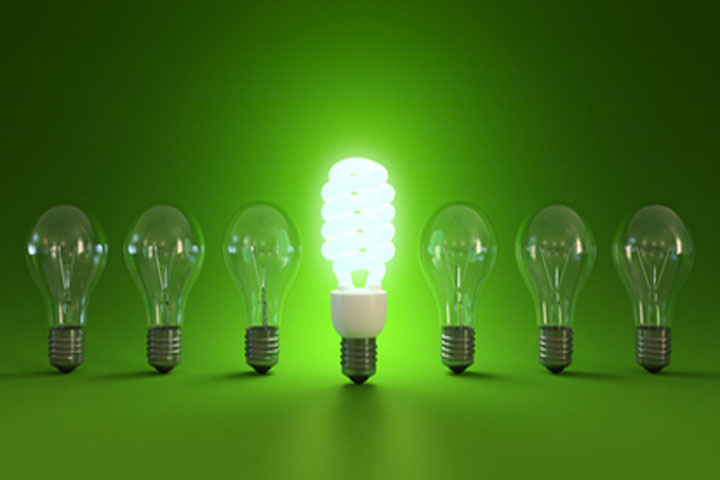Introduction: As sustainability and energy conservation become paramount, making your lighting energy-efficient and environmentally friendly is not just a choice; it’s a responsibility. In this comprehensive guide, we’ll explore practical steps and innovative technologies to help you reduce energy consumption, minimize environmental impact, and create well-lit, eco-friendly spaces.
Chapter 1: Assess Your Current Lighting 1.1. Audit Existing thebrandspotter Lighting: Conduct a lighting audit to understand your current energy consumption and identify areas for improvement. 1.2. Environmental Impact: Evaluate the environmental impact of your current lighting, including carbon emissions and waste.
Chapter 2: Transition to LED Lighting 2.1. LED Advantages: Explore the benefits of LED lighting, such as energy efficiency, long lifespan, and reduced maintenance. 2.2. Retrofitting: Learn how to retrofit existing fixtures with LED bulbs for immediate energy savings.
Chapter 3: Smart Lighting Solutions 3.1. Lighting Controls: Implement smart lighting controls, such as motion sensors and dimmers, to optimize energy use. 3.2. IoT Integration: Integrate lighting systems with the Internet of Things (IoT) for real-time monitoring and automation.
Chapter 4: Daylight Harvesting 4.1. Natural Light Utilization: Maximize the use of natural light through design strategies like daylight harvesting and light shelves. 4.2. Automated Blinds: Consider automated blinds or shades to control sunlight and reduce cooling costs.
Chapter 5: Renewable Energy Sources 5.1. Solar Power: Explore the installation of solar panels to generate clean, renewable energy for lighting. 5.2. Wind Energy: Investigate the feasibility of wind turbines for on-site energy production.
Chapter 6: Energy-Efficient Fixtures 6.1. Energy Star Certification: Choose lighting fixtures and appliances with the Energy Star label for energy efficiency. 6.2. Task Lighting: Implement task lighting to provide focused illumination where needed, reducing overall energy consumption.
Chapter 7: Proper Maintenance 7.1. Regular Maintenance: Establish a maintenance schedule to keep lighting fixtures clean and in optimal working condition. 7.2. LED Lifespan: Understand the long lifespan of LED bulbs and how it reduces waste.
Chapter 8: Environmental Certification 8.1. Green Building Certifications: Explore green building certifications like LEED to ensure your lighting aligns with environmental standards. 8.2. Sustainable Materials: Consider lighting fixtures made from sustainable materials and recyclable components.
Chapter 9: Employee Awareness and Training 9.1. Employee Engagement: Educate employees about the importance of energy efficiency and encourage responsible lighting habits. 9.2. Training Programs: Offer training on lighting controls and maintenance procedures.
Conclusion: By following these steps and embracing energy-efficient lighting technologies, you can significantly reduce your environmental footprint and energy costs while creating well-lit, sustainable spaces. Embracing eco-friendly lighting not only benefits your bottom line but also contributes to a greener, more sustainable future for our planet.

